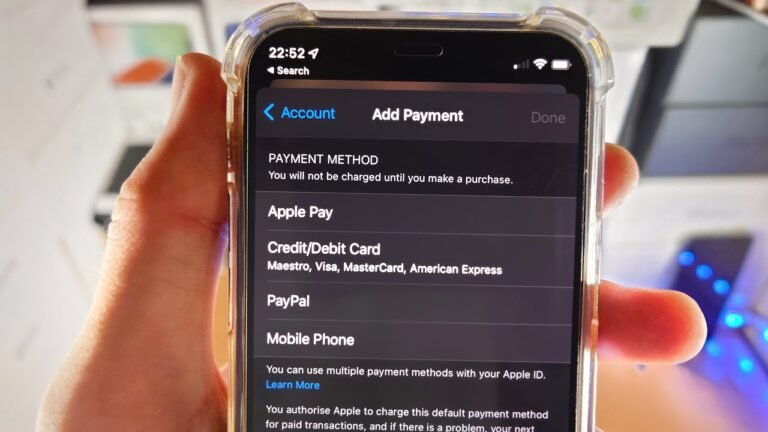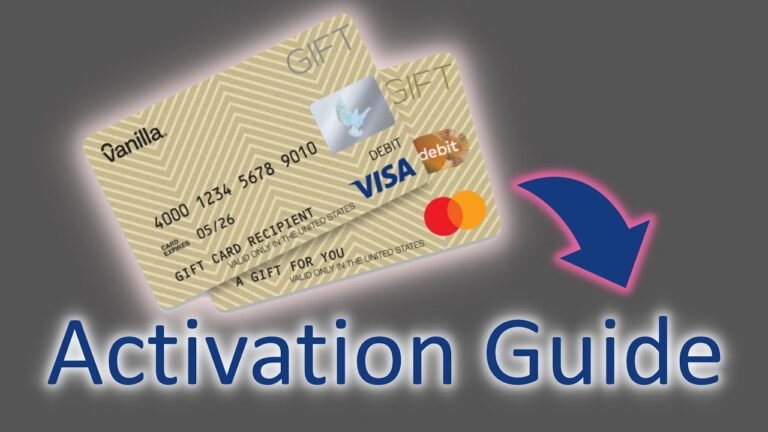How to Convert Credit Card Statement to Excel
Is it true that converting your credit card statement into Excel can simplify your financial tracking? If you've ever felt overwhelmed by your expenses, you might be intrigued by the potential benefits this process can offer. By transforming your statements, you can gain clearer insights into your spending habits and make informed decisions. However, the steps involved can sometimes be tricky, and knowing the right approach is essential. Let's explore the best methods to make this conversion seamless and effective.
Understanding Your Credit Card Statement
To effectively manage your finances, it's crucial to grasp the key components of your credit card statement, as they reveal your spending habits and payment obligations. Start by examining the statement date and due date; knowing these helps you avoid late fees. Next, focus on the transaction details, including merchant names and amounts. This information allows you to identify spending patterns. Pay attention to your total balance, minimum payment, and interest rates, as these factors influence your financial health. Additionally, look for any fees charged, which could indicate areas where you might cut back. By understanding these elements, you can make informed decisions, maintain control over your finances, and work towards a safer financial future.
Choosing the Right Format
Choosing the right format for your credit card statement conversion is vital, as it directly impacts how easily you can analyze and manage your financial data. Most credit card companies offer statements in PDF, CSV, or Excel formats. PDF files are often difficult to manipulate, while CSV files allow for straightforward data import into Excel but may require cleaning up for clarity. Excel formats are user-friendly and retain formulas, making them ideal for analysis. It's essential to guarantee that the chosen format preserves all transaction details, such as dates, amounts, and merchant names. Always verify the data integrity post-conversion, as inaccuracies can lead to flawed financial assessments. Prioritize formats that align with your analysis needs for secure and effective data management.
Downloading Your Statement
Accessing your credit card statement online is a straightforward process that typically involves logging into your account, maneuvering to the statements section, and selecting the desired month for download. Once you're in the statements section, verify you're viewing the most recent and relevant documents. Look for options to download your statement, which may be available in formats like PDF or CSV. If you're concerned about security, consider downloading files only when you're using a secure, private network. After selecting the format, click the download button and save the file to a safe location on your device. Always double-check the downloaded file to confirm it contains the correct information before moving on to your next steps.
Opening Excel and Setting Up
Once you've successfully downloaded your credit card statement, the next step involves opening Excel and preparing your workspace for data manipulation. Start by launching Excel and creating a new workbook to guarantee a clean slate. It's wise to save this workbook immediately; use a specific name and a secure location on your computer. Next, adjust your settings to enhance visibility and accessibility. Consider setting the font size to a comfortable level and turning on gridlines for easier data entry. Also, enable auto-save if possible, to prevent data loss. Finally, familiarize yourself with the Excel interface, making sure you know where to find essential tools like data sorting and filtering features, which will be vital later.
Importing Data Into Excel
To import your credit card statement into Excel, start by steering to the 'Data' tab and selecting the appropriate option for importing data from a file. Choose the correct file type (CSV, TXT, etc.) that corresponds to your statement. Once selected, carefully follow the prompts to guarantee the data aligns properly with the columns in Excel.
Here's a table to illustrate the key data you might expect:
| Date | Description | Amount |
|---|---|---|
| 2023-01-01 | Grocery Store | -50.00 |
| 2023-01-02 | Online Subscription | -15.99 |
| 2023-01-03 | Gas Station | -30.00 |
| 2023-01-04 | Restaurant | -75.50 |
| 2023-01-05 | Utility Bill | -100.00 |
Guarantee your data's accuracy for effective tracking.
Cleaning Up Your Data
After importing your credit card statement into Excel, it's important to clean up your data to confirm accuracy and facilitate analysis. Start by removing any duplicate entries, as these can skew your insights. Next, check for inconsistent formatting in transaction dates and amounts; standardize these to guarantee uniformity. Utilize Excel's 'Text to Columns' feature to separate combined fields, like date and description. Additionally, look for any irrelevant data that doesn't pertain to your financial tracking. Be cautious with sensitive information—avoid sharing your document with anyone who shouldn't see it. Finally, apply filters to easily navigate your cleaned data, allowing for a thorough review of your financial habits while maintaining your privacy.
Analyzing Your Expenses
How can you effectively analyze your expenses to identify spending patterns and uncover potential savings? Start by categorizing your transactions in Excel—group them into essential categories like groceries, utilities, and entertainment. Use Excel's sorting and filtering tools to pinpoint where your money's going. Look for trends over time; are there months where spending spikes? Highlight recurring expenses that could be reduced or eliminated.
Next, calculate the percentage of your total spending for each category, helping you see which areas consume the most resources. This analysis not only aids in budgeting but also fosters informed decisions about necessary versus discretionary spending. Ultimately, being vigilant in your analysis can help safeguard your financial future by revealing opportunities for savings.
Saving and Sharing Your Spreadsheet
Once you've analyzed your expenses and gained insights into your spending habits, it's important to save and share your spreadsheet effectively to maintain visibility and foster collaboration. First, save your file in a secure format, like XLSX or CSV, to guarantee compatibility. Always back it up in a cloud service with encryption, such as Google Drive or Dropbox, for added security. When sharing, use password protection or limit access to trusted individuals to prevent unauthorized viewing. If you're collaborating, consider using Google Sheets for real-time updates, making sure you manage permissions carefully. Regularly review who has access, and remove anyone who no longer needs it. By following these steps, you can keep your financial data safe while promoting transparency.






